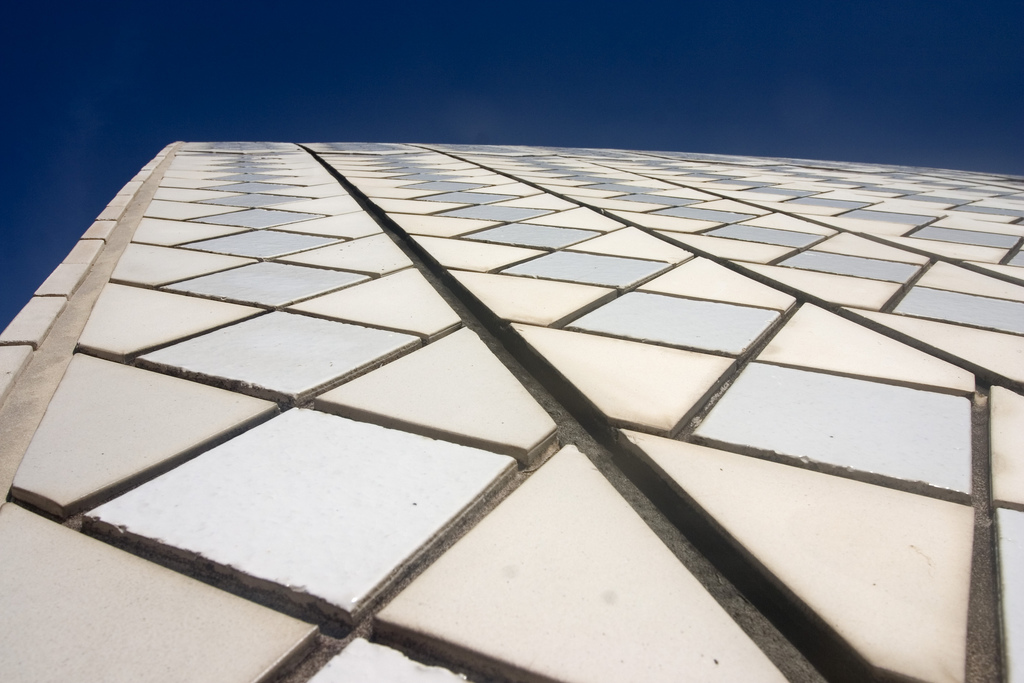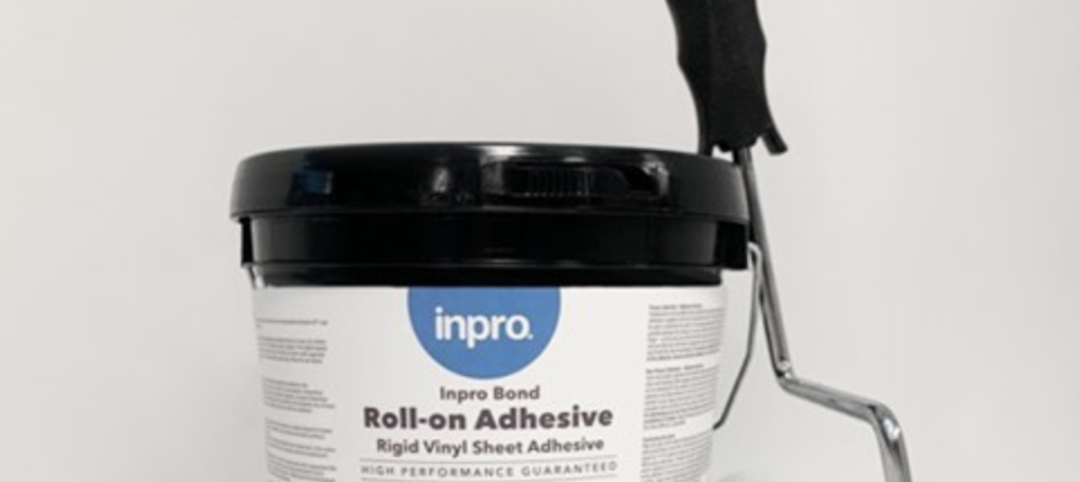Fallingwater is Frank Lloyd Wright’s signature creation. The Pennsylvania house, which hangs over a river due to its cantilever design, is a national landmark and an excellent example of modern architecture.
Australia’s Sydney Opera House is comprised of shell-shaped curved roofs, consisting of more than a million V-shaped tiles. Designed by Jørn Utzon, the venue has won numerous awards and has even been named a UNESCO World Heritage Site.
Chicago’s unique corncob-shaped towers are official known as Marina City, a residential building with many on-site recreation facilities, an open-air roof deck, and several stories worth of parking. Architect Bertrand Goldberg designed it to have almost no right angles.
These buildings are different, but they have a common thread: All are made of concrete.
The Guardian has two lists of the ten best concrete buildings, with one list selected by architecture critic Rowan Moore, and the other by readers.
Among Moore’s picks were the Bank of London and South America in Buenos Aires; St John’s Abbey Church in Collegeville, Minn.; and the nearly 1,900-year old Pantheon in Rome. Readers suggested the three buildings listed above, along with other choices like the National Theatre in London and The Lotus Temple in Delhi.
 Tiles on the Sydney Opera House. Photo: Jimmy Harris/Creative Commons.
Tiles on the Sydney Opera House. Photo: Jimmy Harris/Creative Commons.
 Marina City in Chicago. Photo: clarkmaxwell/Creative Commons.
Marina City in Chicago. Photo: clarkmaxwell/Creative Commons.
 Fallingwater. Photo: Timothy Neesam/Creative Commons.
Fallingwater. Photo: Timothy Neesam/Creative Commons.
Related Stories
Engineers | Oct 12, 2023
Building science: Considering steel sheet piles for semi-permanent or permanent subsurface water control for below-grade building spaces
For projects that do not include moisture-sensitive below-grade spaces, project teams sometimes rely on sheet piles alone for reduction of subsurface water. Experts from Simpson Gumpertz & Heger explore this sheet pile “water management wall” approach.
Building Materials | Oct 2, 2023
Purdue engineers develop intelligent architected materials
Purdue University civil engineers have developed innovative materials that can dissipate energy caused by various physical stresses without sustaining permanent damage.
Construction Costs | Sep 28, 2023
U.S. construction market moves toward building material price stabilization
The newly released Quarterly Construction Cost Insights Report for Q3 2023 from Gordian reveals material costs remain high compared to prior years, but there is a move towards price stabilization for building and construction materials after years of significant fluctuations. In this report, top industry experts from Gordian, as well as from Gilbane, McCarthy Building Companies, and DPR Construction weigh in on the overall trends seen for construction material costs, and offer innovative solutions to navigate this terrain.
Metals | Sep 11, 2023
Best practices guide for air leakage testing for metal building systems released
The Metal Building Manufacturers Association (MBMA) released a new guidebook, Metal Building Systems - Best Practices to Comply with Whole-Building Air Leakage Testing Requirements.
Fire-Rated Products | Aug 14, 2023
Free download: Fire-rated glazing 101 technical guide from the National Glass Association
The National Glass Association (NGA) is pleased to announce the publication of a new technical resource, Fire-Rated Glazing 101. This five-page document addresses how to incorporate fire-rated glazing systems in a manner that not only provides protection to building occupants from fire, but also considers other design goals, such as daylight, privacy and security.
Green | Aug 7, 2023
Rooftop photovoltaic panels credited with propelling solar energy output to record high
Solar provided a record-high 7.3% of U.S. electrical generation in May, “driven in large part by growth in ‘estimated’ small-scale (e.g., rooftop) solar PV whose output increased by 25.6% and accounted for nearly a third (31.9%) of total solar production,” according to a report by the U.S. Energy Information Administration.
Sustainability | Jul 26, 2023
Carbon Neutrality at HKS, with Rand Ekman, Chief Sustainability Officer
Rand Ekman, Chief Sustainability Officer at HKS Inc., discusses the firm's decarbonization strategy and carbon footprint assessment.
Contractors | Jul 13, 2023
Construction input prices remain unchanged in June, inflation slowing
Construction input prices remained unchanged in June compared to the previous month, according to an Associated Builders and Contractors analysis of U.S. Bureau of Labor Statistics Producer Price Index data released today. Nonresidential construction input prices were also unchanged for the month.
Sponsored | Fire and Life Safety | Jul 12, 2023
Fire safety considerations for cantilevered buildings [AIA course]
Bold cantilevered designs are prevalent today, as developers and architects strive to maximize space, views, and natural light in buildings. Cantilevered structures, however, present a host of challenges for building teams, according to José R. Rivera, PE, Associate Principal and Director of Plumbing and Fire Protection with Lilker.

















